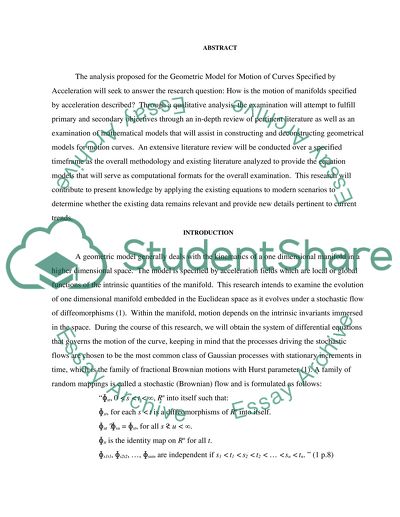Cite this document
(“Geometric model for motion of curves specified by acceleration Research Proposal”, n.d.)
Retrieved de https://studentshare.org/mathematics/1391649-geometric-model-for-motion-of-curves-specified-by
Retrieved de https://studentshare.org/mathematics/1391649-geometric-model-for-motion-of-curves-specified-by
(Geometric Model for Motion of Curves Specified by Acceleration Research Proposal)
https://studentshare.org/mathematics/1391649-geometric-model-for-motion-of-curves-specified-by.
https://studentshare.org/mathematics/1391649-geometric-model-for-motion-of-curves-specified-by.
“Geometric Model for Motion of Curves Specified by Acceleration Research Proposal”, n.d. https://studentshare.org/mathematics/1391649-geometric-model-for-motion-of-curves-specified-by.


